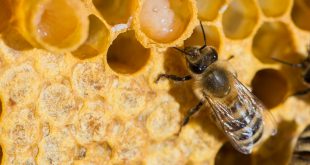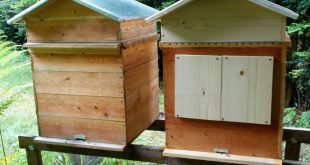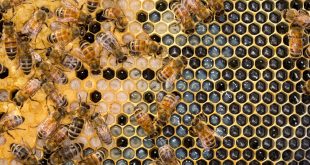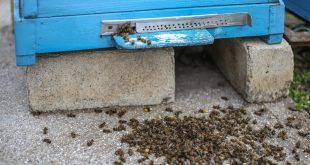Maintain the health and productivity of your beehives with our essential guide on hive hygiene. Our article provides vital tips and practices for keeping your hives clean and disease-free. This is a must-read for beekeepers who aim to ensure a thriving environment for their bees, focusing on cleanliness and preventive care to ward off potential issues.
Read More »How to Harvest Royal Jelly – Beginner’s Guide
Step into the fascinating world of royal jelly production with our beginner's guide to harvesting royal jelly. This comprehensive article is perfect for beekeepers curious about this highly nutritious bee secretion. Learn the intricacies of harvesting royal jelly from your hives, including the preparation, tools, and techniques needed to do it effectively and safely. The guide also touches on the benefits of royal jelly and how to properly store this valuable product to preserve its quality.
Read More »Introduction to the Perone Beehive
Explore the Perone Beehive, a hive design promoting natural beekeeping, with our detailed article. This hive is perfect for beekeepers who prefer minimal intervention, emulating bees' natural living conditions. Learn about the Perone Beehive's structure, benefits, and how it aligns with the principles of sustainable and ethical beekeeping.
Read More »Analyzing Honeycomb: Brood Comb/Cells
Unlock the secrets of your beehive with our article on analyzing honeycomb and brood comb. Ideal for beekeepers seeking a deeper understanding of hive health, it guides you through interpreting the various aspects of comb structure and brood patterns. This knowledge is crucial for effectively managing your colonies and ensuring their vitality.
Read More »Causes and Effects of Colony Collapse Disorder
Explore the critical issue of Colony Collapse Disorder (CCD) in our comprehensive article. CCD poses a major threat to honeybee populations and, consequently, global agriculture. Understanding the various causes and effects of this disorder is vital for beekeepers, environmentalists, and anyone interested in the health of our ecosystems. Dive into our in-depth discussion to learn more about the factors contributing to CCD and its far-reaching impacts.
Read More » BeeKeepClub Resources and Guides for Beekeepers
BeeKeepClub Resources and Guides for Beekeepers




